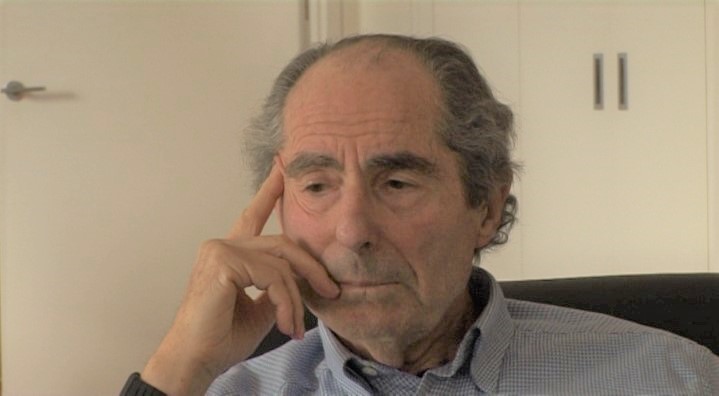NEXT STORY

Unlocking the pages
RELATED STORIES

NEXT STORY

Unlocking the pages
RELATED STORIES


|
Views | Duration | |
|---|---|---|---|
| 91. A book about the Vietnam war | 424 | 01:49 | |
| 92. American Pastoral: a family destroyed | 445 | 02:44 | |
| 93. Unlocking the pages | 547 | 01:43 | |
| 94. Writing American Pastoral | 522 | 00:33 | |
| 95. American Pastoral: the kiss – or how I got lucky | 662 | 03:28 | |
| 96. Page by page, how does it work? | 799 | 03:28 | |
| 97. Using words to make it real | 564 | 02:35 | |
| 98. The ordeal of writing | 833 | 01:46 | |
| 99. The writer's working day | 1058 | 01:57 | |
| 100. Writing and re-writing a novel | 1134 | 02:23 |


What happened there in the mid-90s was that I... I saw the family. In the beginning, all I saw was the war, and that's why I... I hit a barrier and couldn't go any further. But when I saw the family, then I had a story to tell, which is how this family was ravaged, destroyed by the war – not because they had a boy fighting in the war, but because they had this daughter. Now, what interested me about the daughter, right off, was that I was writing about what was... what had really gone on. A strange thing happened in the Vietnam era, and that is for the first time in American history, with perhaps one exception, there were a body of young women, anywhere from 17 to 23 or 24, who were in the forefront of a political movement, a violent political movement. Now, in the Suffragettes, in the Suffrage Movement there were plenty of young women there, but it wasn't violent. And there were half a dozen names that I read in the paper, young women I read about, who were arrested, in jail, and some of them wrote autobiographies. I read those books, and I was interested in this phenomenon. Where did this come from? What was driving the violence in these young women? In the young men, what was driving the violence – among other things – was that they themselves stood to be drafted. But these young women didn't stand to be drafted. Their rage was kind of pure, you know, purified of any personal motive. I don't say that to celebrate them. I just say that to describe them.
So that's how I got the idea for the girl and not for a boy, for a... for a son. There were plenty of sons who were in that movement as well.
The fame of the American writer Philip Roth (1933-2018) rested on the frank explorations of Jewish-American life he portrayed in his novels. There is a strong autobiographical element in much of what he wrote, alongside social commentary and political satire. Despite often polarising critics with his frequently explicit accounts of his male protagonists' sexual doings, Roth received a great many prestigious literary awards which include a Pulitzer Prize for fiction in 1997, and the 4th Man Booker International Prize in 2011.
Title: "American Pastoral": a family destroyed
Listeners: Christopher Sykes
Christopher Sykes is an independent documentary producer who has made a number of films about science and scientists for BBC TV, Channel Four, and PBS.
Tags: Suffragettes Movement
Duration: 2 minutes, 44 seconds
Date story recorded: March 2011
Date story went live: 18 March 2013